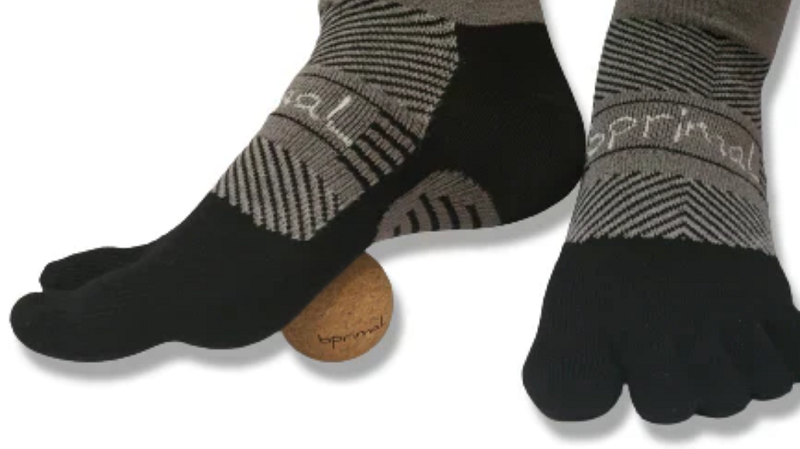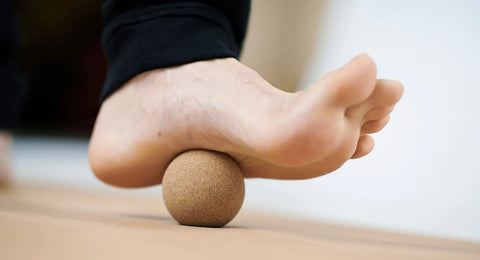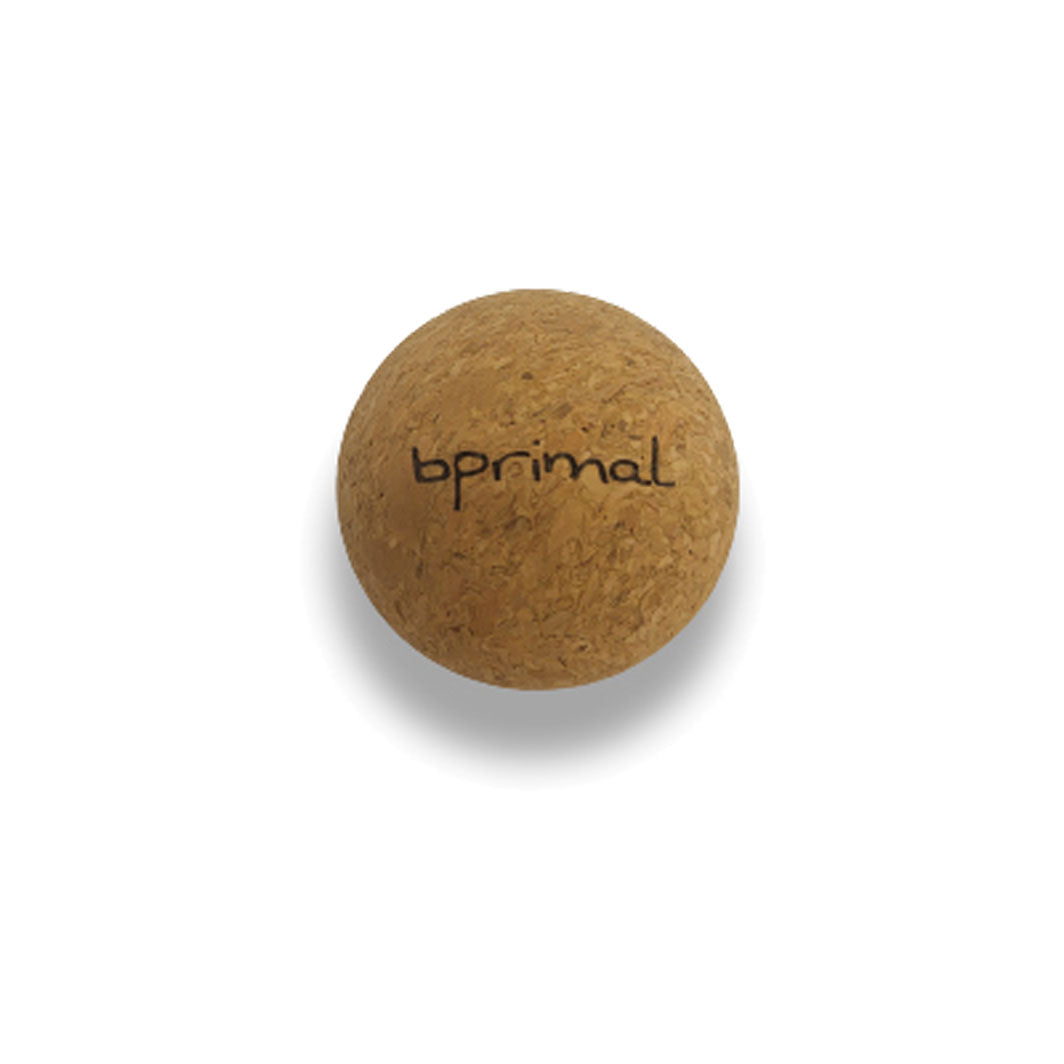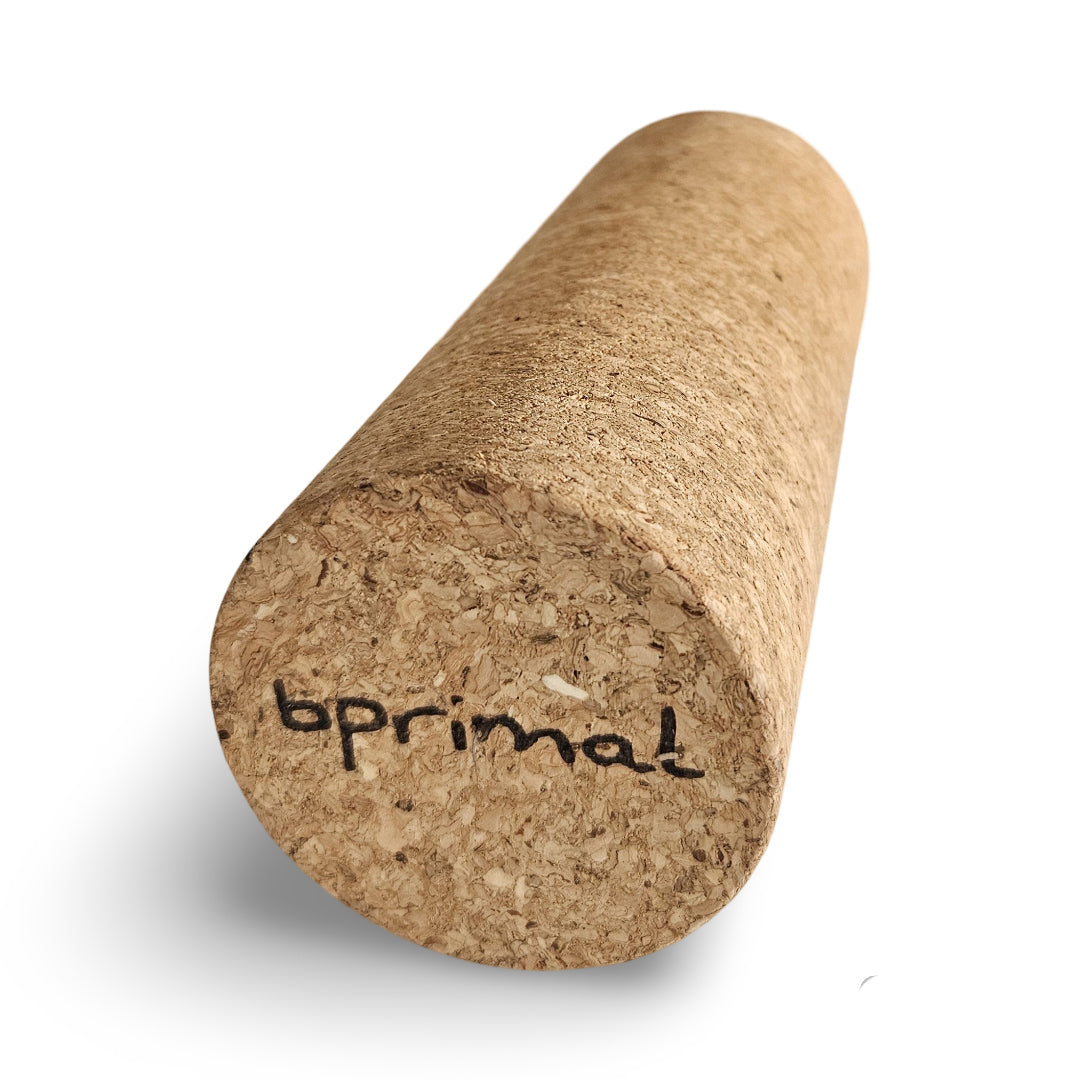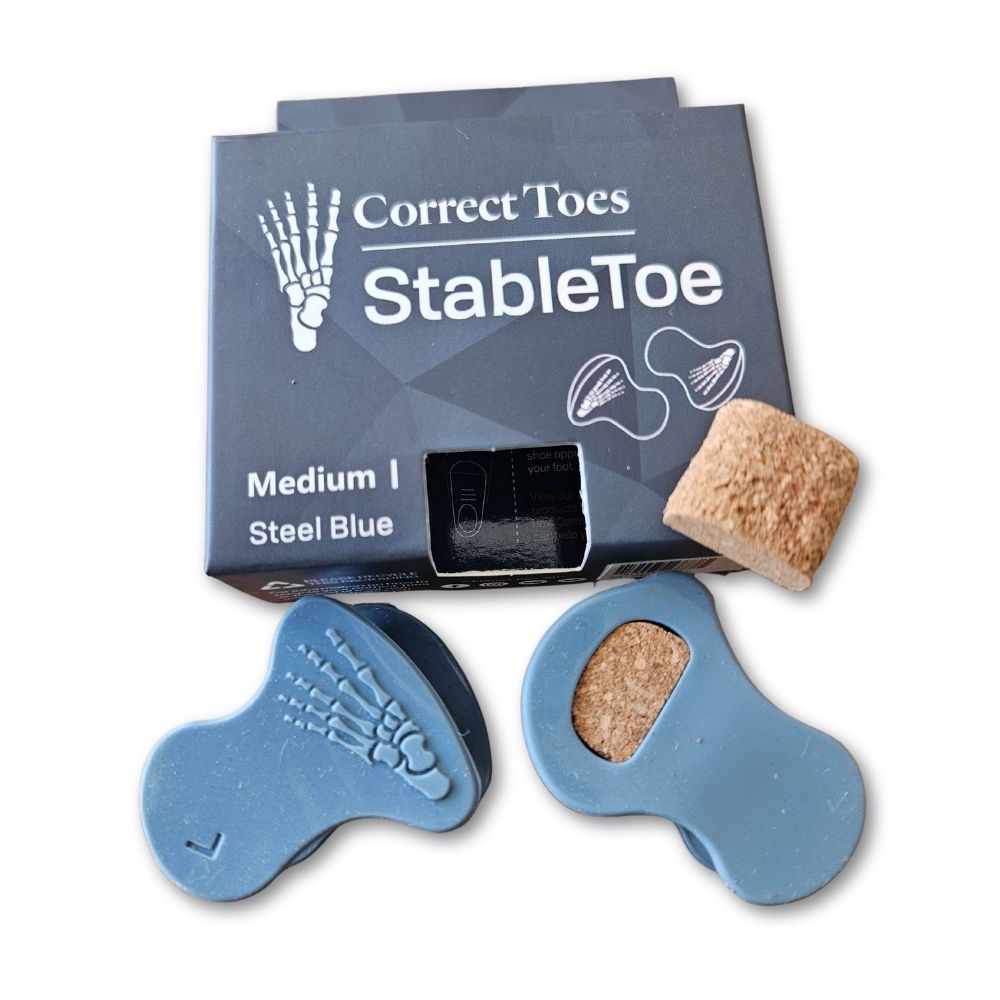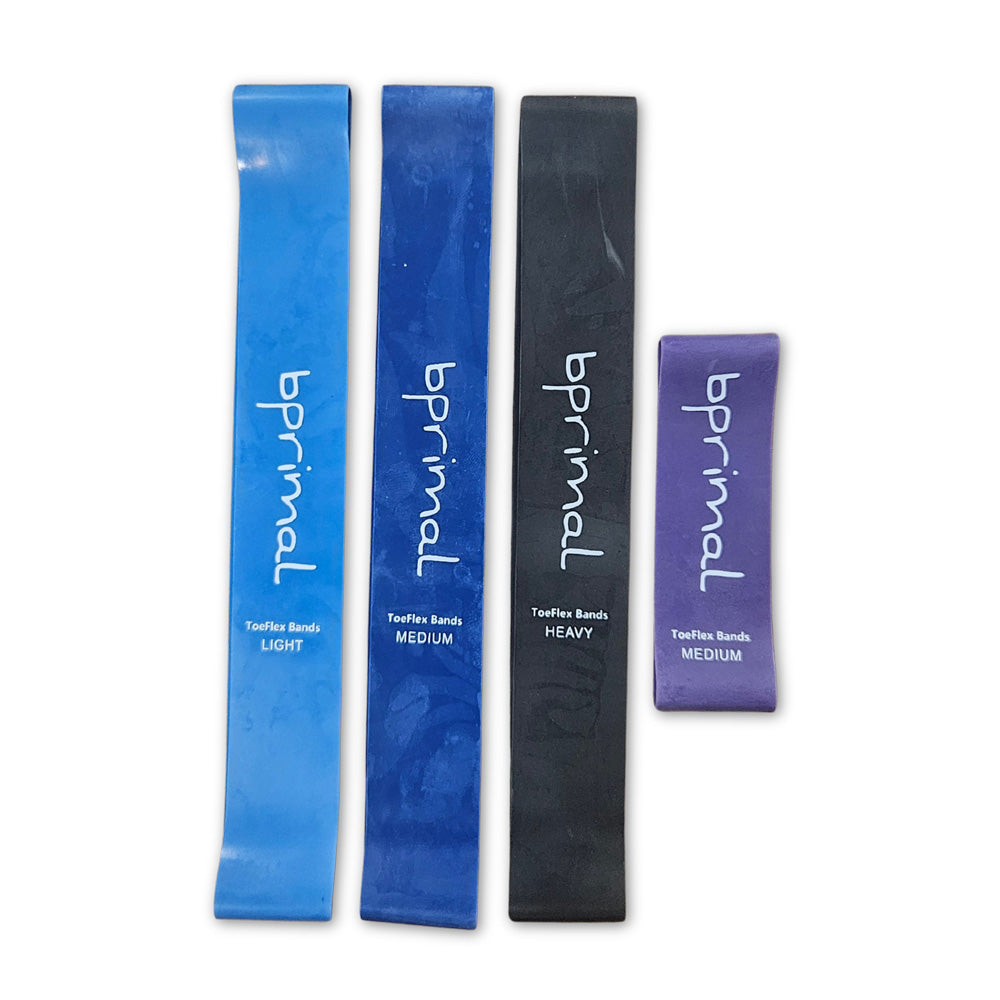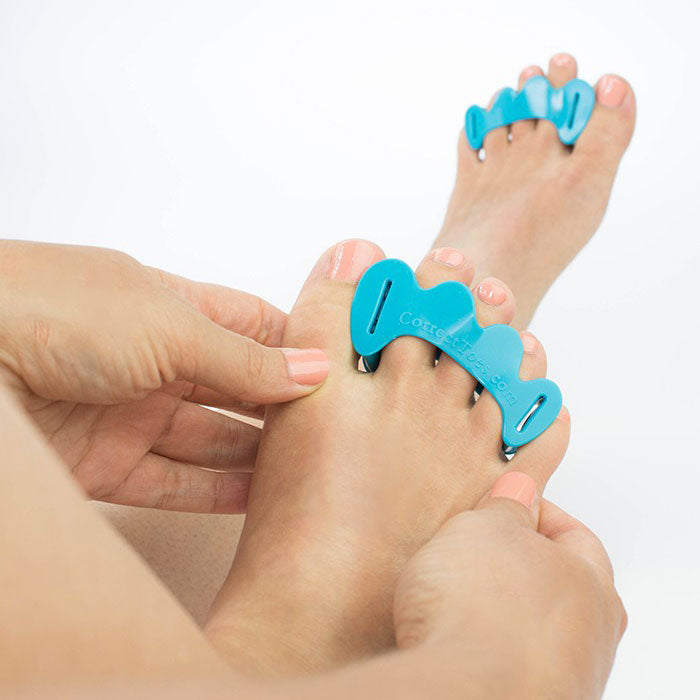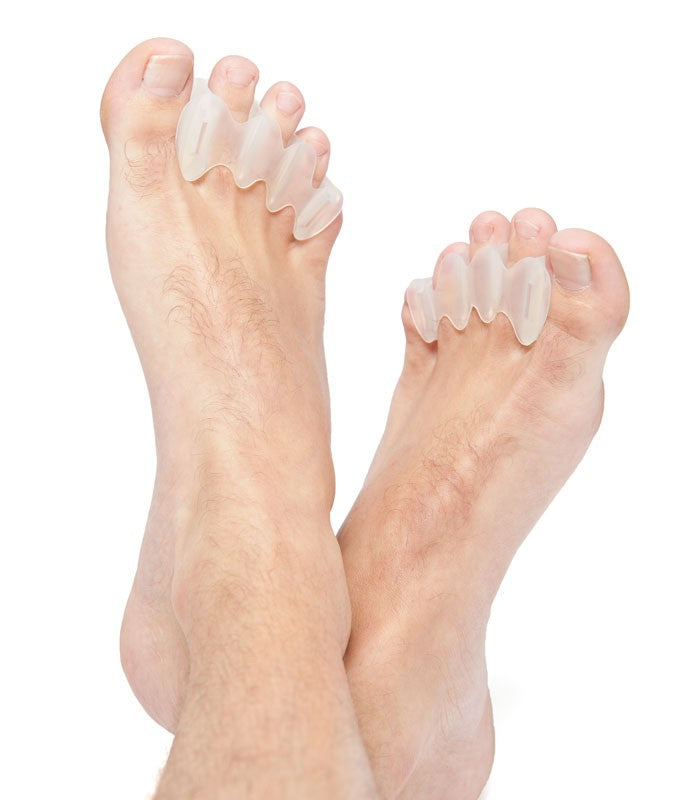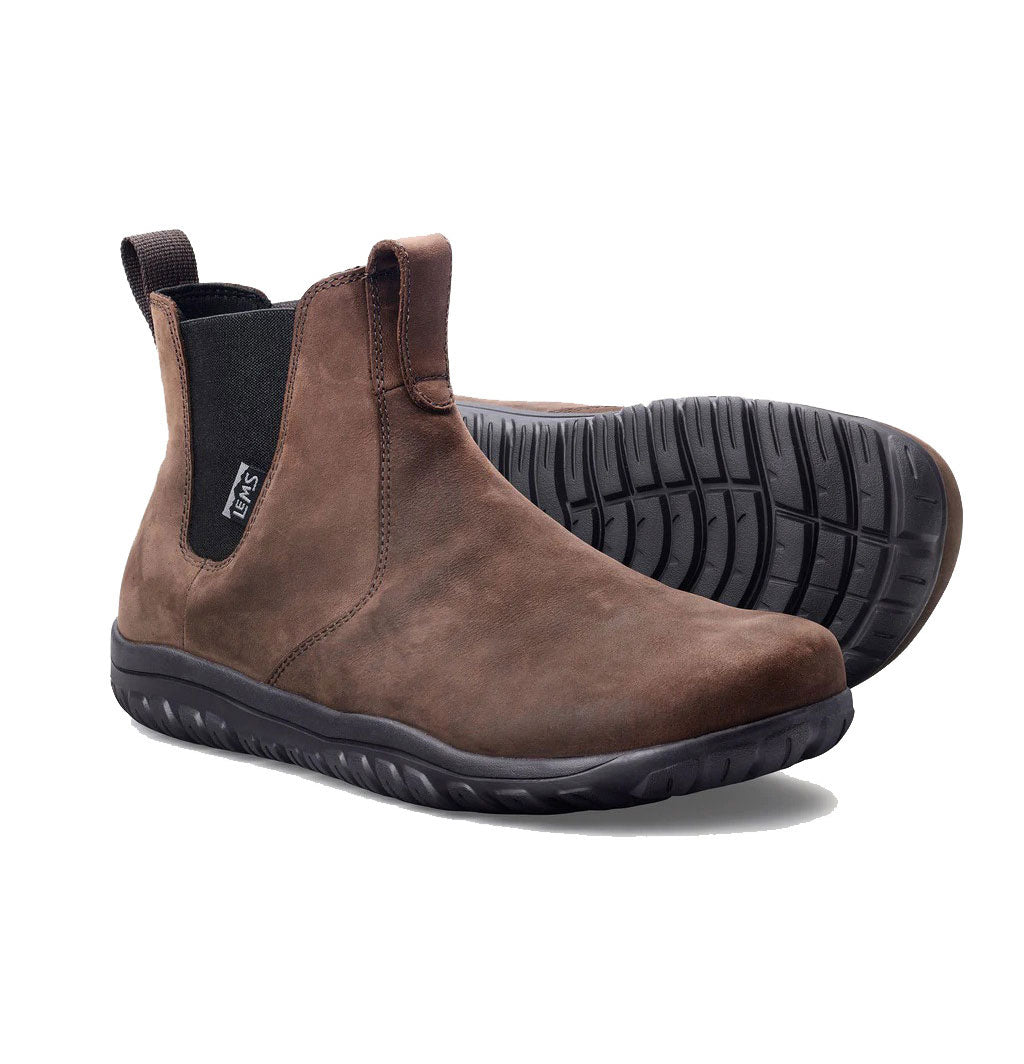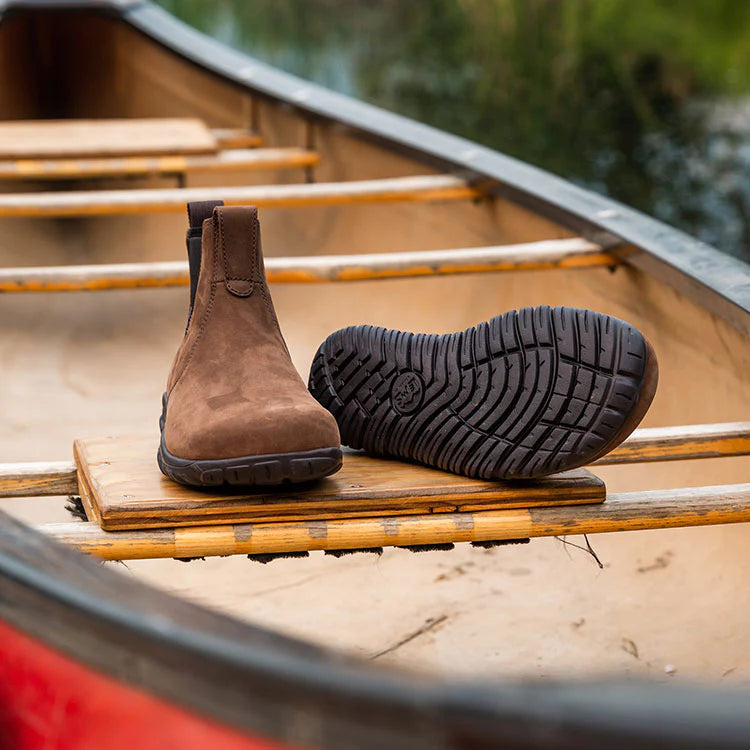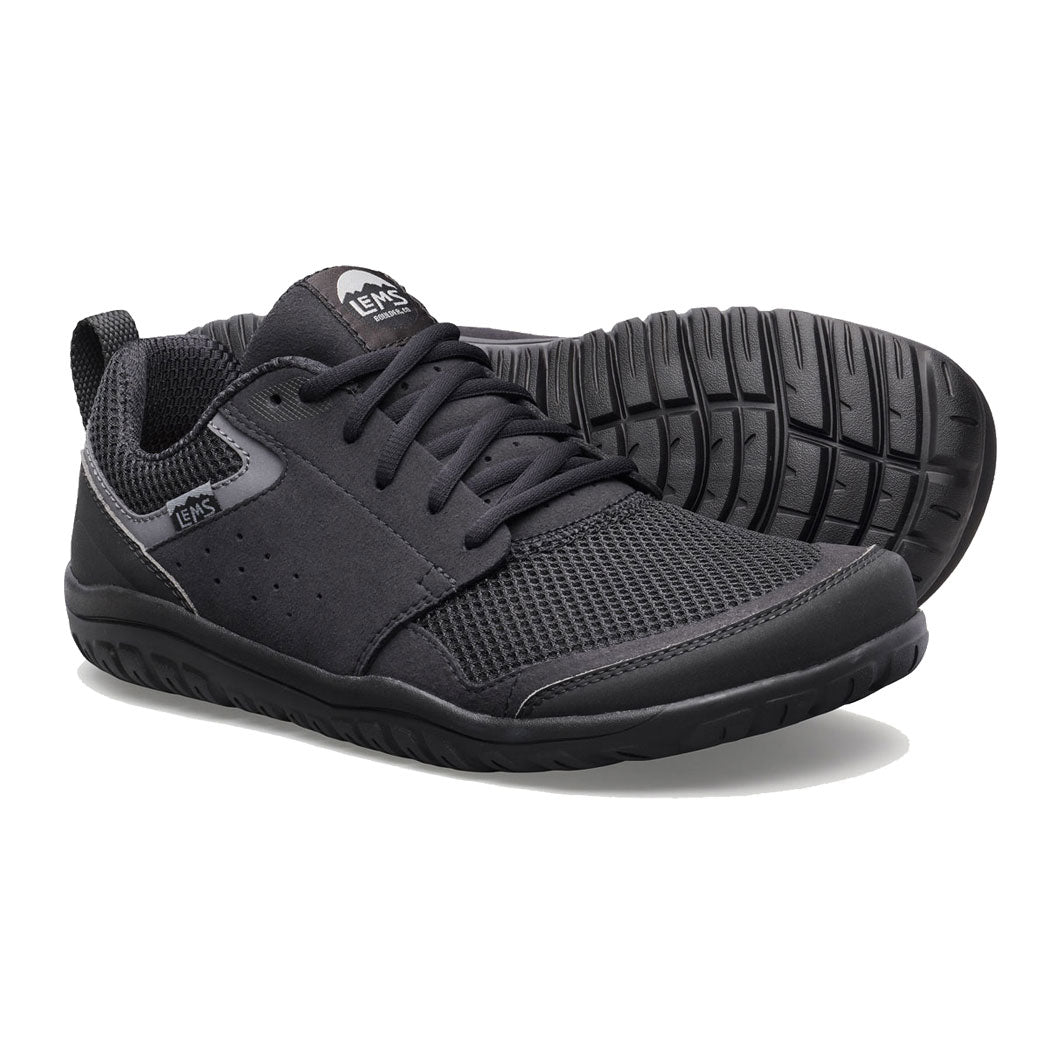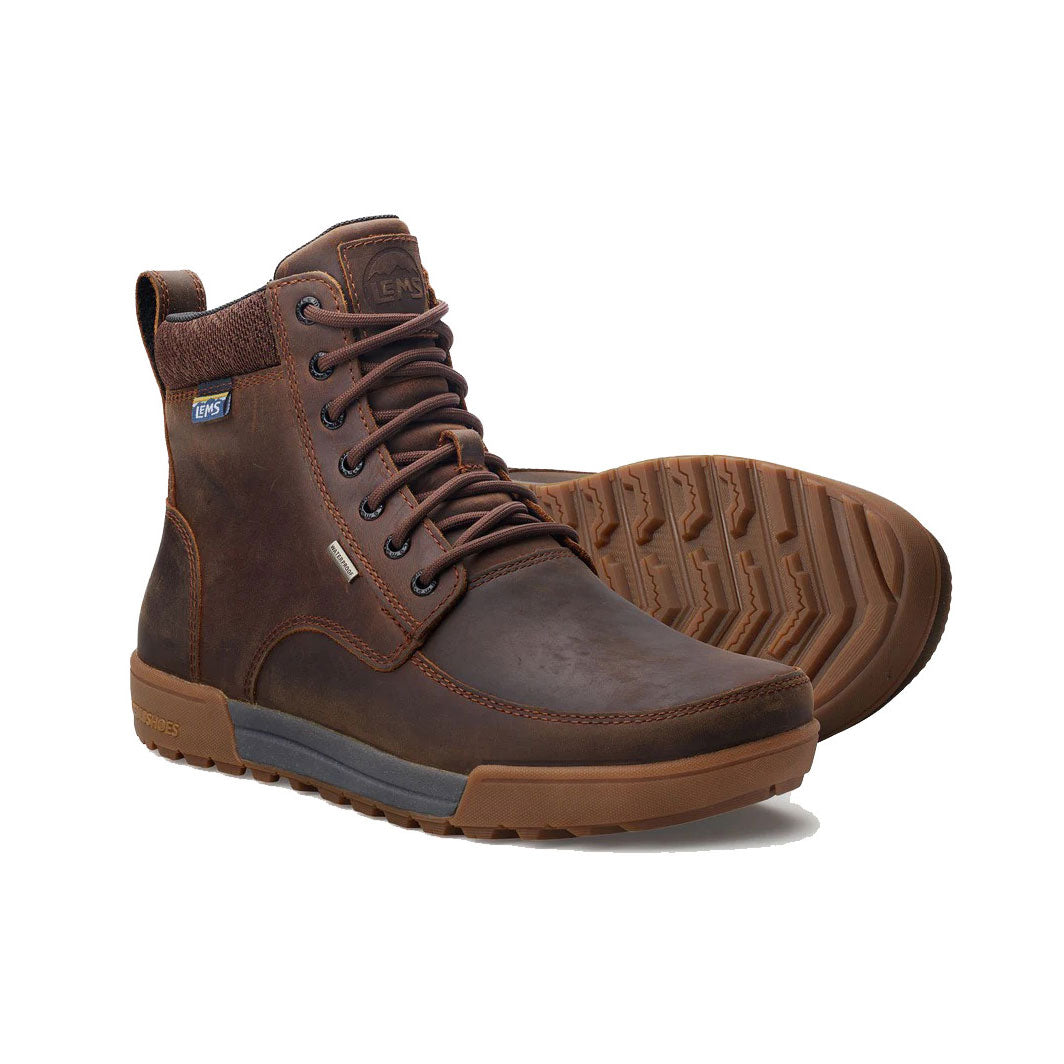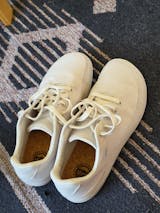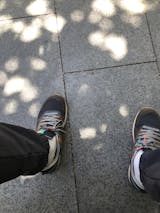Regardless of the type of lifestyle one leads, the fact remains the same – most adults (as well as some kids and adolescents) suffer from aches and stiffness in the body on a daily basis. The causes and severity may vary from person to person, however, any type of body pain and/or discomfort can reduce the quality of one’s life.
Whether you train and exercise on a regular basis, or live an overall sedentary life due to sitting in an office for most of the day, if body aches and soreness have become a daily affair, eventually, your body will struggle to function as it normally should. This is when you will want to turn to massage therapy to help your muscles relax, get rid of pain, and increase blood circulation in your body. On that note, let’s learn about cork massage balls and how the product can benefit your body.
What is a Cork Massage Ball?
The purpose of a cork massage ball is to address trigger points by easily massaging the affected area/muscle with the simple act of rolling. Intended to be a self-use product, the amount of pressure applied can be adjusted as per one’s comfort level.
As the name suggests, the ball is made from solid cork, and comes in various sizes. While the nature of the material makes cork massage balls quite dense, they are available in various levels of hardness or density, allowing individuals to choose one that is better suited for their needs. Here, factors like tenderness, area of the body, and severity of pain will dictate which type of ball should be used.
Apart from different sizes and densities, some cork massage balls are textured with blunt spikes while others are completely smooth. Again, one can choose which type of massage ball will be more effective for them depending on the aforementioned factors. They are also available in different shapes such as elongated rollers and peanut rollers, each of which are intended for more specific uses to relieve pain.
Benefits of Using a Cork Massage Ball
Cork massage balls can be used to treat various conditions and therefore, offer a host of benefits. For example, it is commonly used to relieve symptoms of plantar fasciitis while providing the added benefit of strengthening muscles in the foot. For these reasons, many individuals include trigger point massages with a cork ball in their fitness and recovery routines to improve muscle functionality, as well as to alleviate pain, stiffness, and discomfort.
Here is a quick look at some of the benefits of using a cork massage ball:
- Improved blood circulation
- Relaxed muscles
- Increased flexibility
- Reduced inflammation
- Stronger muscles
- Relief from pain, discomfort, and stiffness
- Faster recovery
- Better accuracy for trigger point massages
- Antimicrobial benefits from natural cork
Whether you are in need of a deep trigger point massage to relieve pain, or want to stimulate your muscles before you train, committing to regular or daily massage therapy with a cork ball can do wonders for your body.
How to Use a Cork Massage Ball
Using a cork massage ball by yourself is very easy. Typically, the massage is performed using a wall or the floor for support; however, you can also hold the ball in your hand and use it manually.
When using a wall, position the ball on or near the area you want to massage, and hold it in place with the help of the wall. Now, roll the ball in circular motions, up and down, or side to side by moving your body as needed. If you want to increase the pressure, simply lean into the wall a bit more, and adjust the pressure to your liking. The same principle applies to rolling your feet or other parts of the body when using your hand or the floor for support.
For knots in the muscles, try to pinpoint the area and then hold the ball in that position for 20-30 seconds. This is a good time to apply a little more pressure before continuing to massage the area. Overall, using a cork massage ball is all about rolling over the affected area with a comfortable amount of pressure, and gently pressing down on trigger points when needed.
Exercises for Different Areas of the Body With a Cork Massage Ball
Now that you are more familiar with the product, it’s time to learn about the many different exercises you can perform with a cork massage ball. It is extremely versatile and can be used on practically any part of your body. It should be mentioned that individuals with any physical disabilities or underlying health issues are advised to consult with their physician before using a massage ball, or beginning any type of physical or massage therapy routine.
As we mentioned, the cork massage ball can be used in a number of different ways, and on various parts of the body; so today, we are explaining some of the exercises one can perform with this particular product. Read on.
Neck
Prone to strain, tightness, and soreness, releasing tension in the neck is important for one to function more productively throughout the day. There are various trigger points around the back and sides of the neck which can be addressed with the help of a massage ball.
IMPORTANT: When using the cork massage ball on your neck, do not roll it over your cervical spine, throat, and points closer to your jawline and upper areas on the sides of your neck.
How to massage your neck with a cork ball:
#1 While in a squatted position against a wall, place the ball on one side of your neck, just beside the cervical spine; hold it there by leaning against a wall, and move up slowly so that the ball rolls down your neck and onto the top of your upper back. Thereafter, move back to your starting position and repeat the exercise a few times before doing the same on the other side.
#2 In a seated position, correct your posture, and tilt your head forward. Now, hold the cork massage ball in one hand and use it to massage the opposite trapezius; i.e. left hand - right trapezius, and vice versa. Be sure to massage both sides to complete the exercise.
Shoulders
It’s not uncommon to experience neck and shoulder pain simultaneously because of the nerves and muscles in the neck that support movement in the shoulders. Nevertheless, whether the pain has radiated from the neck or limited to the shoulder, a cork massage ball can help.

How to massage your shoulders with a cork ball:
#1 With your side facing the wall, and the ball positioned beneath the shoulder joint, gently roll the ball in a small area. If needed, reposition the ball lower (but not below your elbow), and roll it again. When you find a trigger point, keep the ball there and increase the pressure slightly.
#2 To massage the front of your shoulder (above the pectoral muscle), place the ball in the required position while you are lying face down on the floor with your head turned to one side. Avoid putting your entire weight on the ball by using your arms for support. Roll the ball slowly within a tiny radius, and repeat on the other side.
Upper Back & Lower Back
Back pain is, perhaps, one of the most common types of pain experienced among adults across the globe. When self-treating the problem, many turn to foam rollers to treat both upper and lower back pain because they cover a wider area. Massage balls, however, offer a deeper, trigger point massage that proves more effective in addressing the root of the problem.
How to use a cork massage ball on your upper/lower back:
#1 For a trigger point massage of the upper back, lie flat on your back on a hard floor, and position the ball on one side between the shoulder blade and spine. Raise your arm off the floor on whichever side that the ball is placed, and cross it over your body; roll the ball around slowly and feel for knots, tightness, or tender spots.
#2 Similar to the steps above, place the ball on one side of your body, slightly away from your spine while you lay flat on your back. To roll the ball, move your hips in short circular motions, and try to locate trigger points. It’s important to avoid rolling the ball over your spine as excess pressure can be harmful; instead, you should manually move the ball when you need to massage the other side. To control your body weight, you can either keep your legs straight down, or bend your knees and place your feet on the floor.
Glutes
As the largest muscle in your body, you can expect the gluteus maximus to experience strain, tightness, or tenderness at some point. Apart from walking around and other movement that works the muscle, even sitting down for long periods can affect its functionality. Therefore, stimulating the gluteus maximus every day can keep pain and stiffness at bay.
How to use a cork massage ball on your glutes:
#1 Sit on the floor with your knees bent, and feet firmly planted on the floor; extend your arms behind you with your palms flat on the floor to help you keep your balance throughout the exercise. Place the ball under one glute and, on the same side, extend your leg so that it is straight. Move your hips around slowly and adjust the pressure as needed.
#2 Stand with your back against a wall, place the ball in the area you intend to roll, and move your hips in small circles. It might help to start the exercise in a slightly crouched position without bending forward too much.
Legs
Soreness in leg muscles can last for many days, especially if you are a runner, or spend a lot of time on your feet. That said, even sedentarism can lead to leg pain because the muscles grow weaker and become more prone to injury with minimal activity.
Depending on where the pain or soreness has originated from, the cork massage ball can be used against a wall or on the floor; users are advised to choose a method that is more comfortable for them. There are many exercises one can perform on various leg muscles, however, the key is to roll the muscle well, and check for trigger points. Using a cork massage ball can help reduce tension, tightness, soreness, and pain in different leg muscles including hamstrings, quads, and calves.
Feet
The importance of maintaining healthy feet is widely disregarded until one begins to experience foot dysfunction, pain, disorders, and so on. Among many other functions, the feet are responsible for bearing one’s entire body weight, and that alone can take a toll on the many muscles present in the human foot. This is in addition to various problems caused by modern shoes that compromise foot function, and leave your feet aching and sore. Fortunately, a versatile product like the cork massage ball does a great job at achieving a much-needed deep massage, and pinpoints those extra tender spots.
How to massage your feet with a cork ball:
#1 Sit up straight on a chair that allows your feet to be flat on the ground. With the ball on the floor, place your foot on top of it, and roll it repeatedly in various directions; i.e. top to bottom, left to right, and in circular motions.
#2 If you choose to do this in a standing position to apply more pressure, bear in mind that you will be using one leg/foot to balance yourself, therefore, it is advisable to hold on to a sturdy surface for support when you do this.
CONCLUSION

At some point, every adult faces some form of body pain, soreness, and stiffness. Our muscles are constantly used and, from time to time, require massage therapy to loosen them up. On the other hand, some muscles fall asleep due to sedentarism and therefore, need to be stimulated in order to keep functioning optimally. With a cork massage ball, one can use the product by themself to perform trigger point massages that help alleviate pain, stiffness, and soreness in the body. There are many other benefits of using a massage ball made from natural cork such as improved blood circulation, relaxed muscles, stronger muscles, and quicker recovery. Unlike a regular massage with one’s hands, the cork massage ball offers a deeper, pinpoint massage of tender spots that provides more effective results.
At bprimal, we work with shoemakers and brands who create natural footwear that are made to encourage better foot health by repairing the damage caused by long term use of modern shoes. These minimalist or healthy footwear alternatives ensure proper preservation of one’s natural foot shape and function thanks to their inclusion of all the design specifics needed to achieve optimal foot health. Some of these features include wide toe boxes, slim and flexible soles, and no heel elevation. Our involvement and interaction with people who create and promote products that help individuals fix their foot problems has also inspired us to spread crucial awareness – relating to prioritising foot health as told by the experts – via our blog. Learn More - check out bprimal educational articles here, and browse through the different brands and collections of natural footwear and foot health restoration products we carry.
DISCLAIMER:
The above content is for educational or informational purposes only and is not intended to replace or augment professional medical instruction, diagnosis, or treatment. Read the full Terms and Conditions & Disclaimer here.



